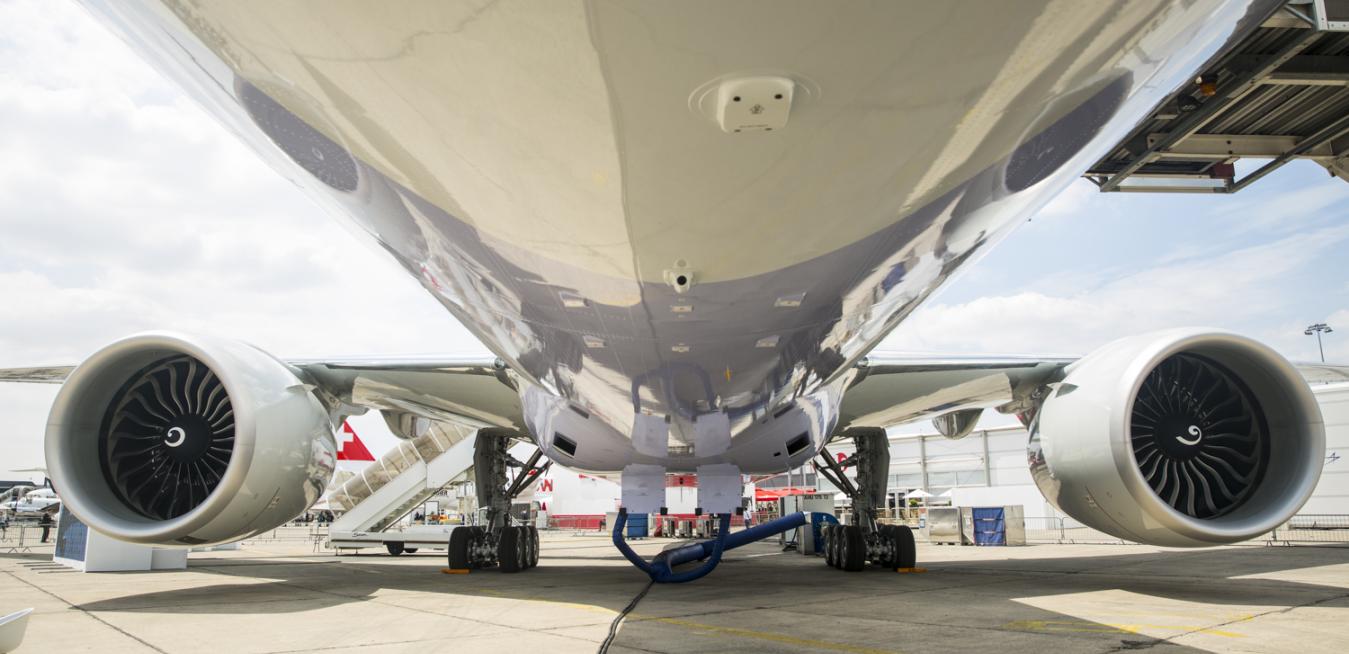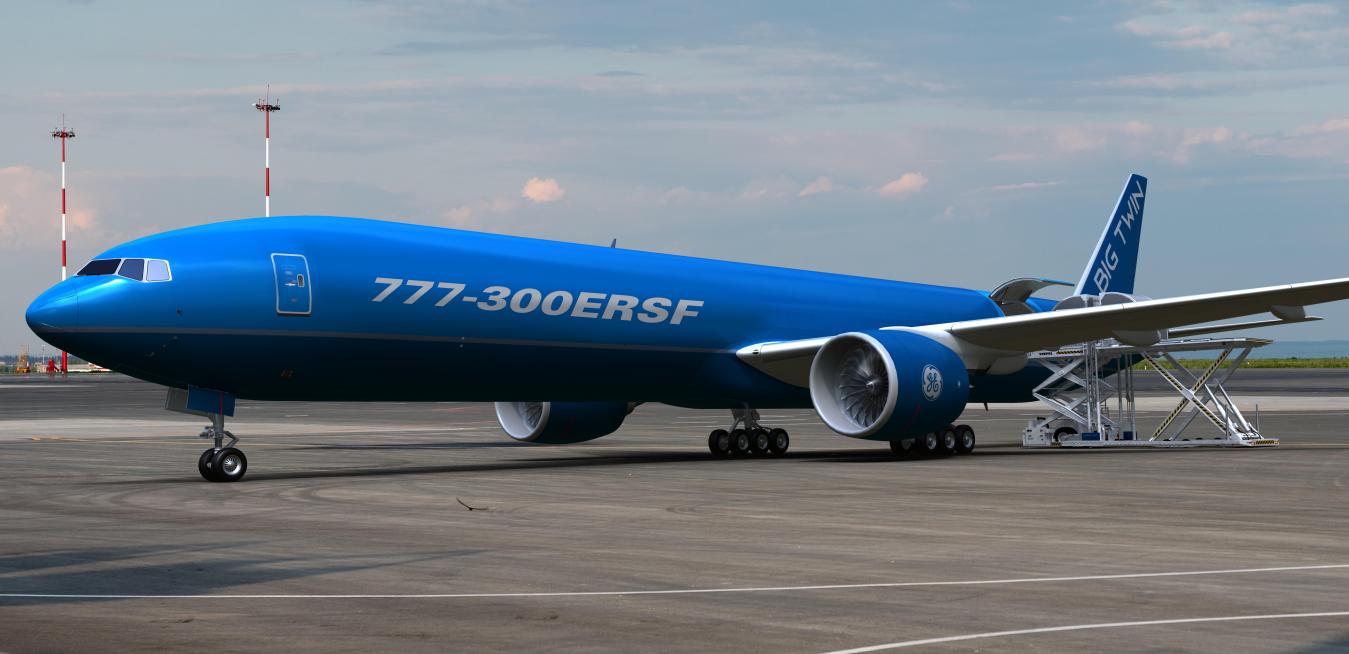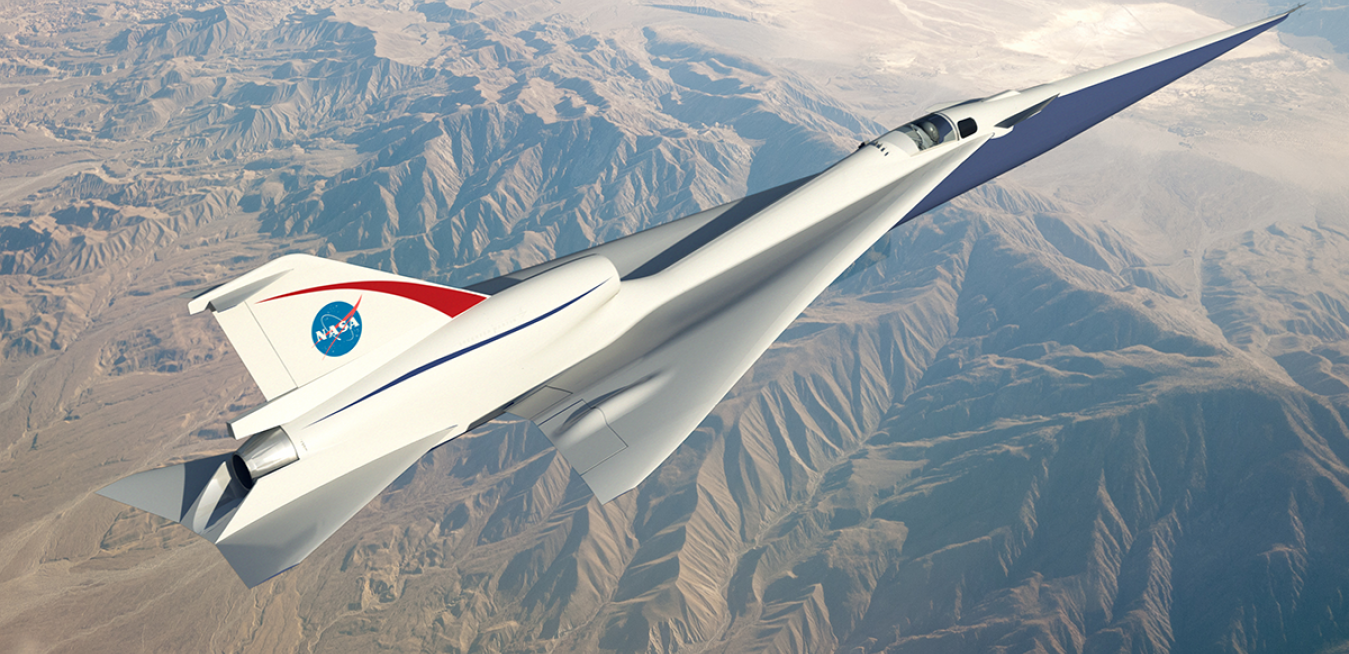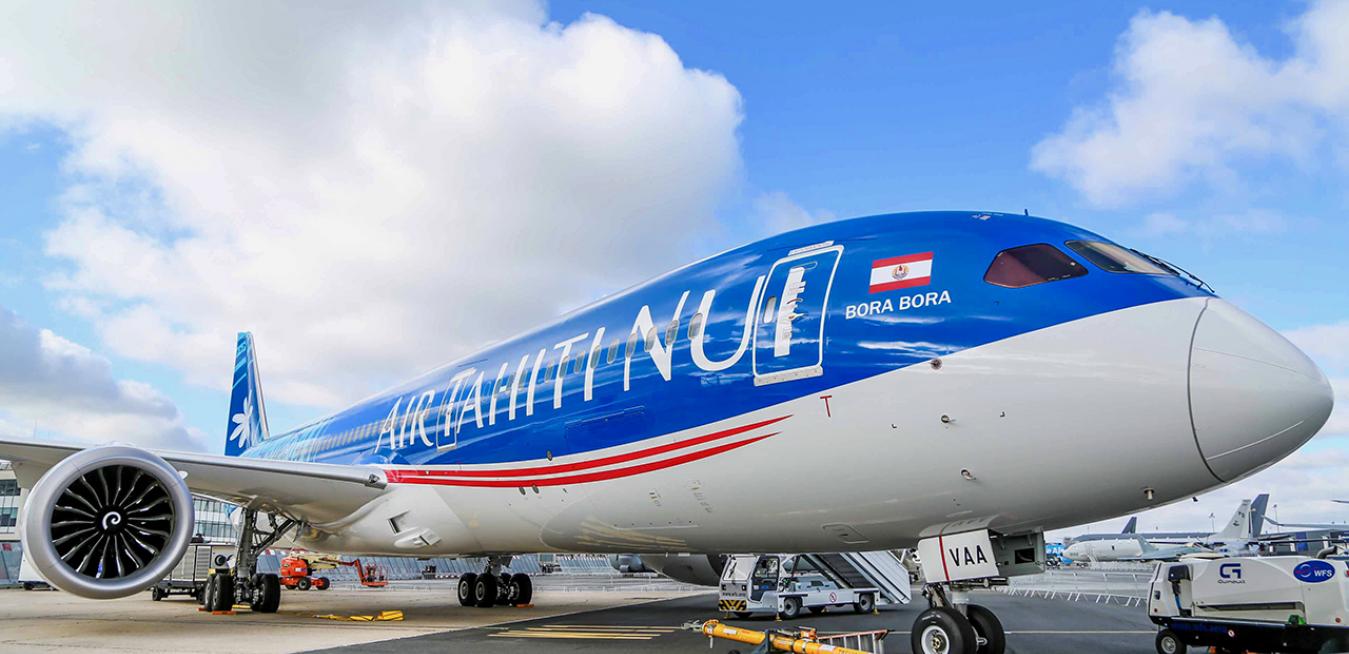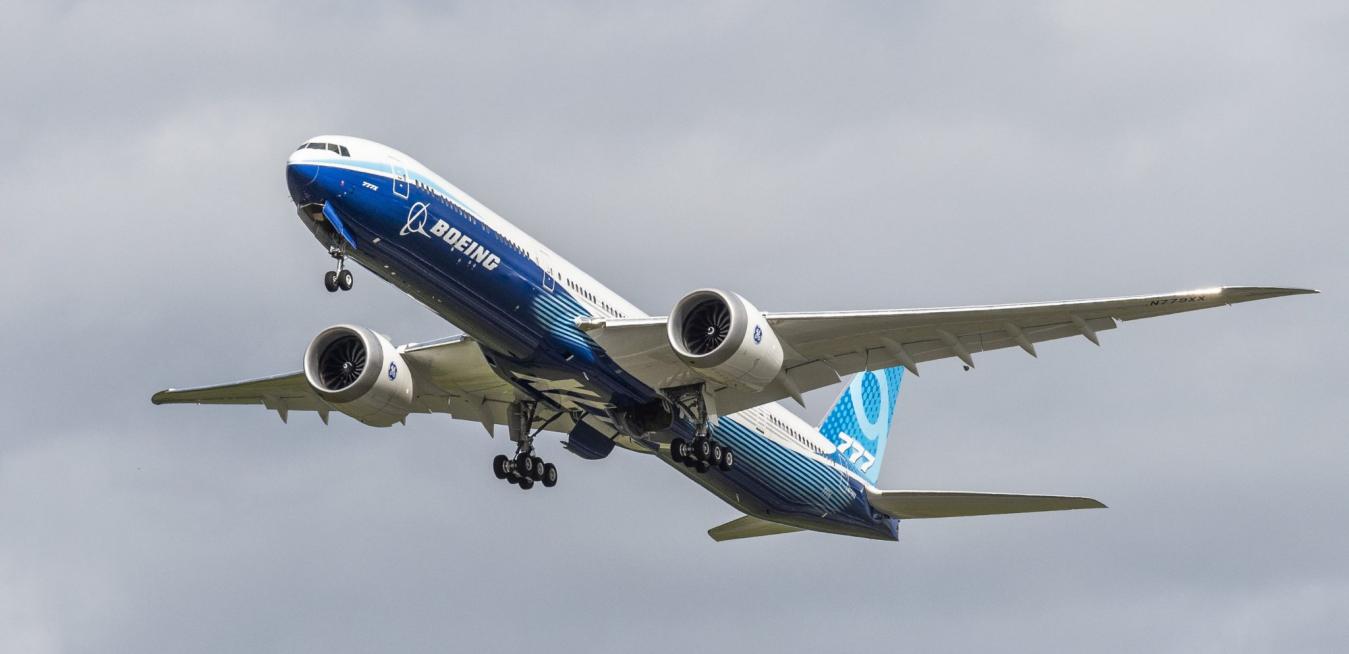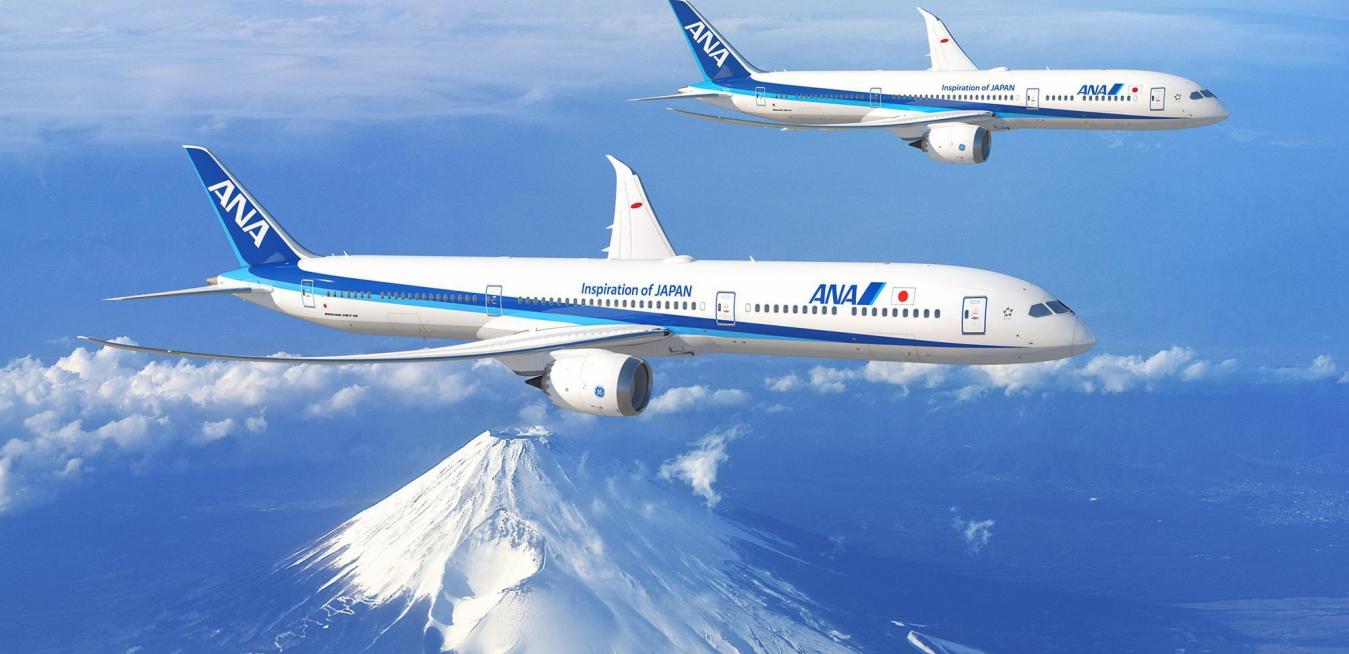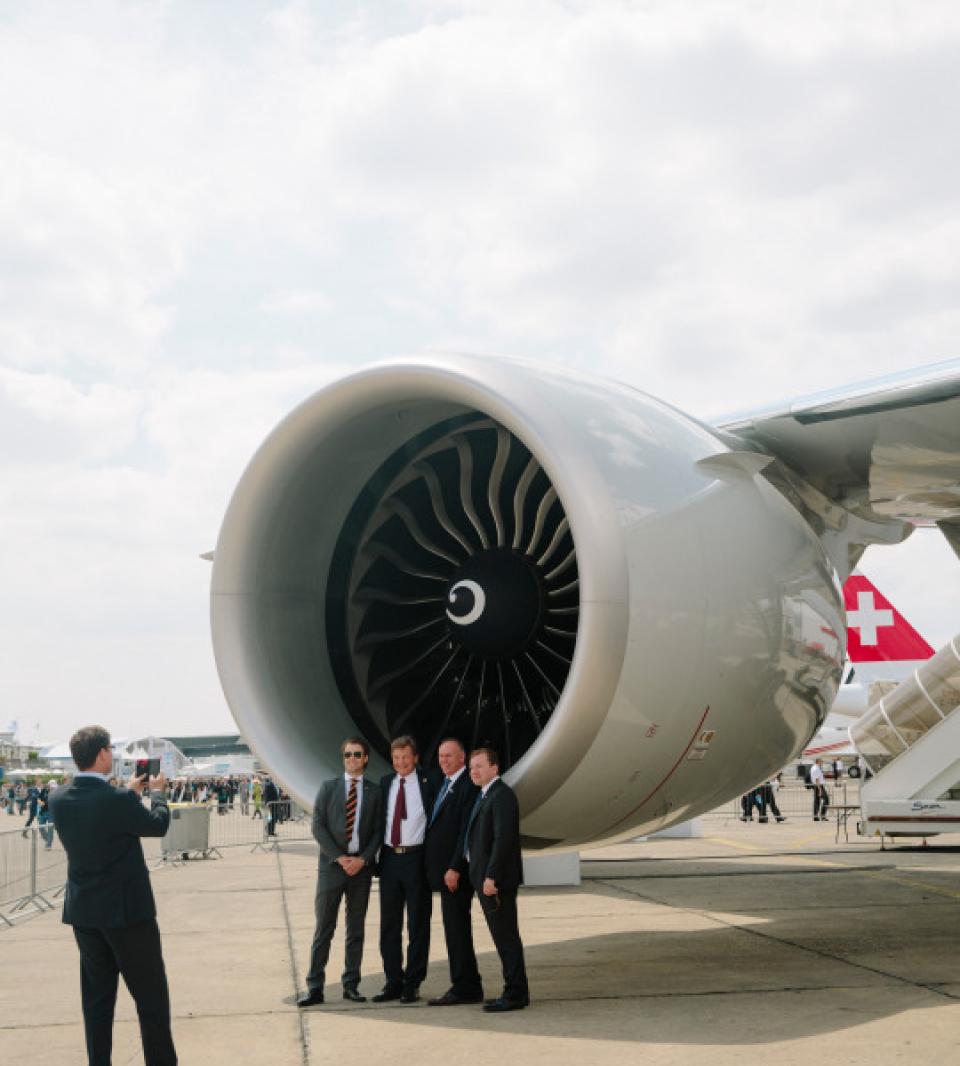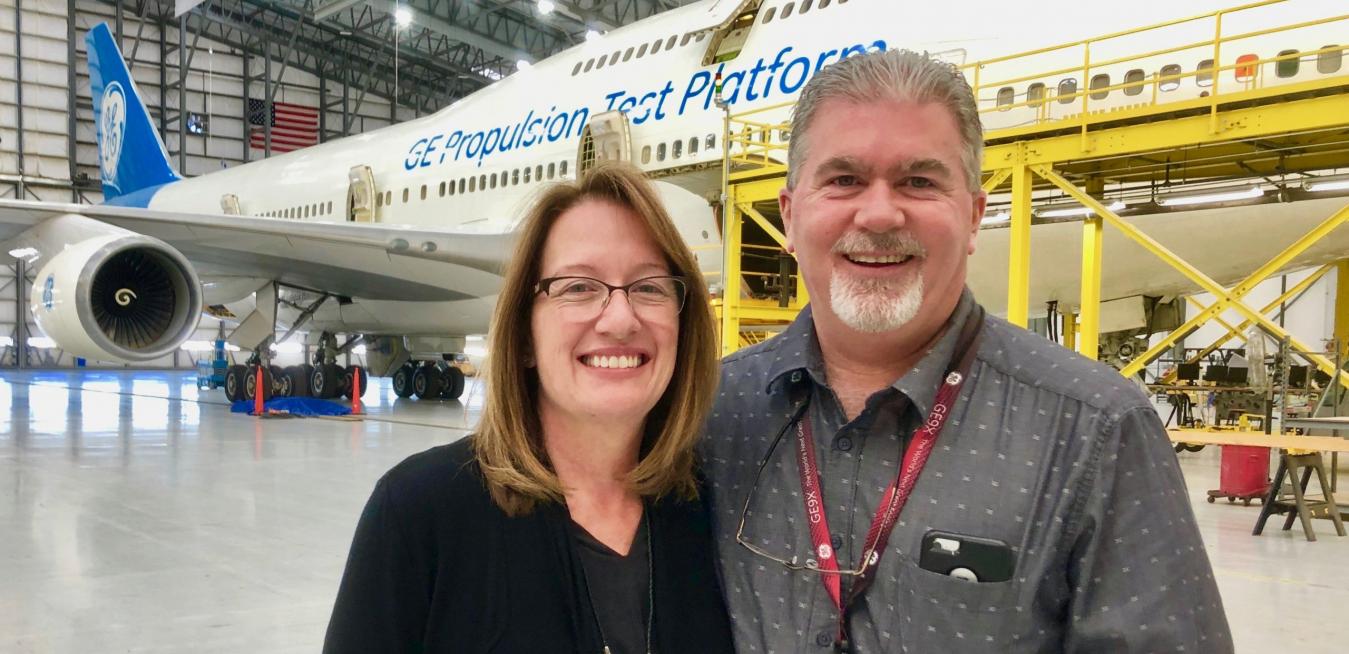Angie Norman is comfortable with uncertainty. As one of GE’s experts in lean management, it’s her specialty to crack complex problems in urgent need of a solution. So, when GE Healthcare needed to set up and attach accessories to thousands of medical monitors in record time to serve patients during the pandemic, she was exactly the right person for the job.
Big things often come from humble beginnings. Take the GE90, a jet engine so powerful it started a decades-long revolution in passenger aviation that is still ongoing.
The engine allowed large widebody jets with just two engines, instead of the typical four, to fly people between continents, lowering the cost of fuel and maintenance for airlines along the way. That, in turn, started a trend that ultimately spelled the end of service for the iconic Queen of the Sky — the Boeing 747 — and even the Airbus A380 double-decker.
The Boeing 777-300ER widebody passenger jet is the workhorse of long-haul aviation. Powered by a pair of giant GE90 engines — for a long time the world’s most powerful jet engine — the planes have allowed airlines to link continents and cities as distant as Los Angeles and Dubai with frequent nonstop flights.
The first supersonic Concorde took off in 1969 — the same year, incidentally, that the first humans landed on the moon. And although the swanky passenger jet and the Apollo program’s rockets have since become museum exhibits, NASA is now seeking to revive the spirit of both endeavors.
Earlier this month GE Aviation shipped the first engine for NASA’s X-59 QueSST, an experimental aircraft designed to fly faster than the speed of sound and cruise at 55,000 feet.
World records are often done to assert primacy — but sometimes they’re inspired by necessity. The latter was the case with the longest nonstop flight with paying passengers, completed in March by Air Tahiti Nui. With the outbreak of COVID-19, French nationals on the South Pacific island of Tahiti found themselves unable to return home due to international travel bans.
On April 30, the second Boeing 777X airplane successfully completed its test flight, cruising 2 hours and 58 minutes over Washington state and landing at Seattle’s Boeing Field.
Powered by the GE9X engine, the new 777X is the world’s largest and most efficient twin-engine jet. Boeing flew the first 777X in late January.
Groundhog Day 1995 will go down in the history books, and not just because Punxsutawney Phil cast no shadow. While the sky was cloudy in Pennsylvania on Friday, Feb. 2, 1995, a new chapter in commercial aviation was dawning by the Ohio River.






